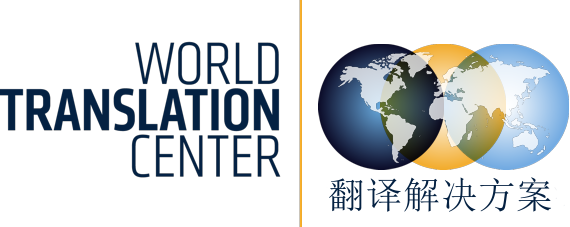WTC世界翻译中心是语言翻译和录音服务的领先提供商,聘用世界各地的专业人士为您服务。
Articles and Stories
Happy Mother’s Day!
It is that time of year again: Huge amount of flowers, candy and greeting cards will be bought by husbands and children who want to do something nice for their wives and their mothers. Even those that do not see eye-to-eye with their mother feel pressured to follow that tradition.
Yes, it is Mother’s Day! This year it is celebrated in many countries on May 13th. It is the celebration in honor of all mothers and the influence of mothers in society. Without mothers, we would not exist. Most countries put aside one day per year to celebrate their mothers.
The tradition of celebrating mothers dates back many years and is the same throughout the countries. In all countries, women started the tradition of celebrating mothers. In the USA, in 1880 Julia Ward Howe was the first woman to announce a special Mother’s Day by calling all women to participate in her effort of disarmament, but that effort did not catch on. The actual current holiday was created by Anna Jarvis in 1908 as she wanted to fulfill her mother’s dream of honoring all women.
In Israel, Henrietta Szold rescued many children from Nazi Germany and nurtured them. She was also an advocate for childrens’ rights. She had no biological children of her own but is considered to be the ‘mother of all’. Her remembrance day is set as Mother’s Day in Israel.
The day set aside for Mother’s day varies from country to country. Most countries use either the first or second Sunday in May. Many countries in the Middle East the celebrate the 21st of March, the equinox, as the day to honor all mothers; Thailand uses the birthday of Queen Sirikit for its celebration on August 12. Panama combines mother’s day with the religious holiday, The feast of the Immaculate Conception or Assumption, which is celebrated on December 8th. Costa Rica and Belgium use the Assumption of Mary in August. Several countries use days in March and Norway does it in February.
Korea celebrates only a parent day, where both parents are honored, not just the mother and Mongolia combines Mothers and Children’s day combined on June 1.
Some countries introduced mother’s day in hopes of increasing birth rates. France, for example, honored mothers of large families at the beginning of the 20th century in anticipation that other mothers would be inspired and have more children. The birth rate at that time was very low and declining.
In the early 20th century in Mexico, the government wanted to use mother’s day to promote a more traditional role for all mothers by showing them that their place was at home raising as many children as possible. This was, of course, not received with open arms.
In many countries, governments tried to promote the holiday as something patriotic. Governments stressed the importance of families to advance their own political agenda. Men and children could not possibly oppose such a celebration and vote against their own spouses or mothers.
To this day, Mother’s Day is an important day throughout the world. World Translation Center wants to wish all mothers a Happy Mother’s Day!







